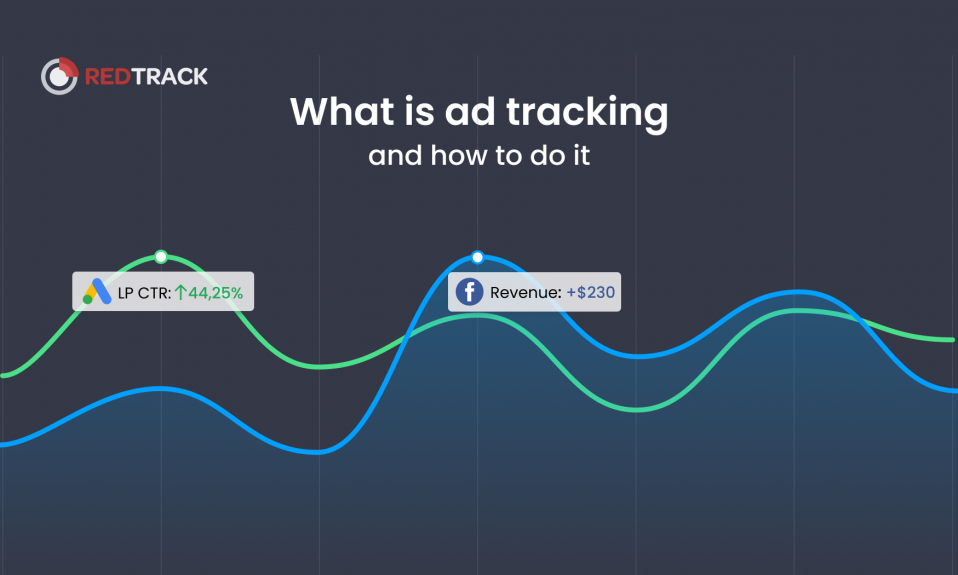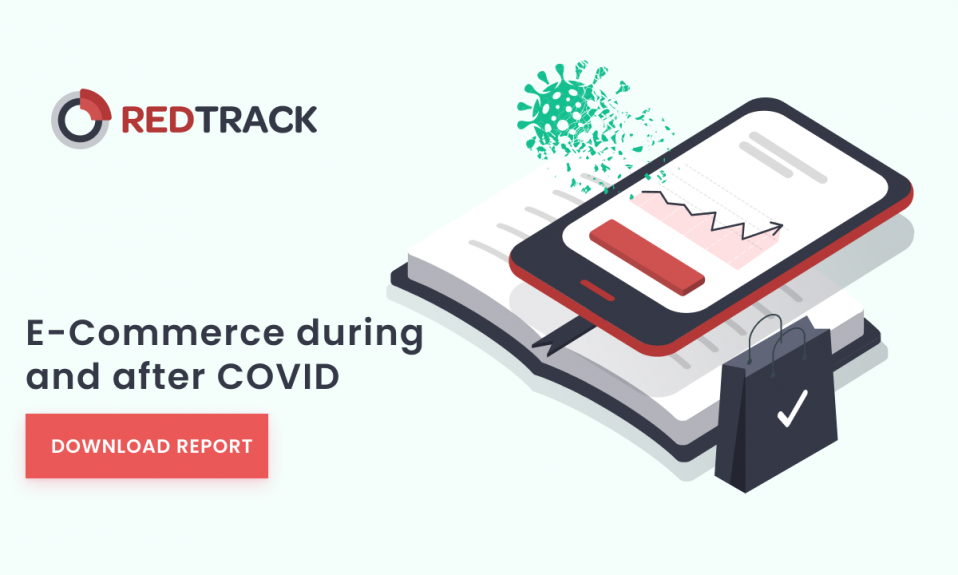
2020 has become a shocking year for many businesses. Ecommerce isn’t an exception. While some companies have experienced unprecedented revenue growth, others have appeared on the verge of bankruptcy. Due to COVID-19 consequences, many people became unemployed and economic growth slowed down. All this led to purchasing power decrease. Does it mean that after all the restrictions removal, bad times will come for ecommerce?
The question is difficult and still there’s no single answer to it. Taking into account the number of ecommerce businesses that started using RedTrack since the beginning of the pandemic, we conducted our own research to define current and future trends in the industry and helped ecommerce find growth points. You can find all of them in our E-commerce during and after COVID Report.
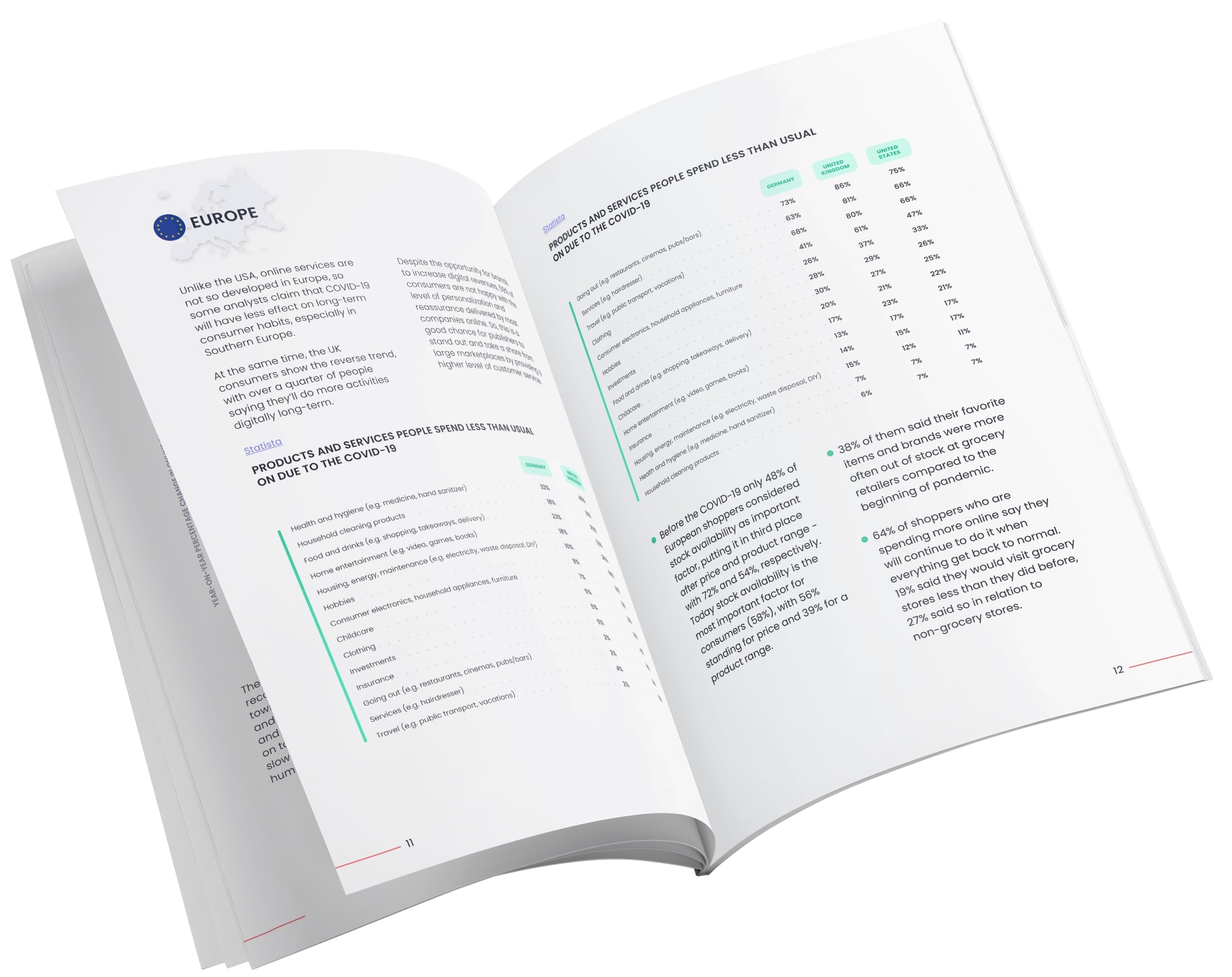
Here are some insights on what we’ve found out:
1. Size matters. Big brands increased their influence and financial indicators, while small and medium ones found themselves in a difficult state
Chinese, USA and European market leaders only strengthened their positions and increased sales by 20% or even twice, despite supply chain disruptions. Amazon saw 26% growth in revenue, Pinduoduo – 44% revenue growth (yOy) in 3 months of lockdown. But smaller companies had a harder time. They had to deal with unexpected conversions and revenue drops along with unpredictable user behavior.
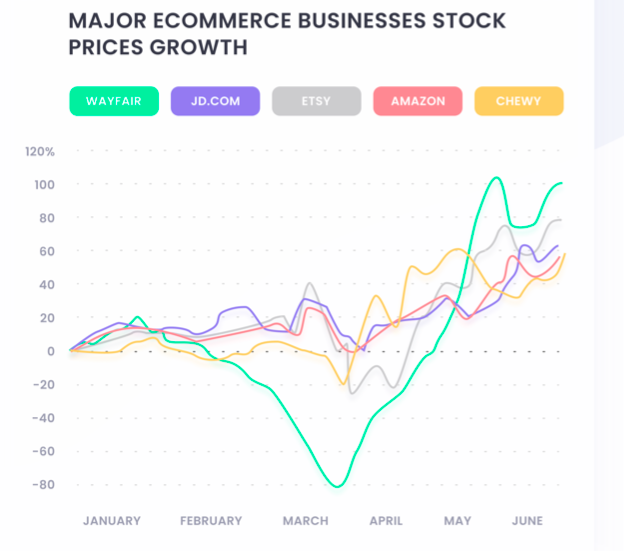
What to do if you’re not Amazon, Alibaba, or Wayfair?
To stay afloat small and medium-size ecommerce businesses need to go deep into people’s behavior and predict demand. The surest way is to use a quality ad tracker to analyze people’s behavior in countries that return to “normal” life earlier than others. Today the market offers a large variety of ad tracking tools that help you consolidate ad data across various organic and paid channels and turn them into valuable insights and actions. RedTrack, for example, allows you to consolidate all your data across various marketing channels, keep track of all the crucial metrics, and decide where to invest your budget to get the best possible ROI.
-
The change in demand forced users to refocus their strategies and reallocate resources
A lot of brands cut their budgets as demand for their products fell significantly. On the one hand, advertising budgets cut led to CPM, and CPC decrease in major RTB-platforms and opened up many new opportunities for digital marketers. But, on the other hand, this resulted in oversaturation in certain industries. As we can see from the graph below, the demand for such categories as hobbies&leisure, books & literature, health, and people & society categories has grown the most.
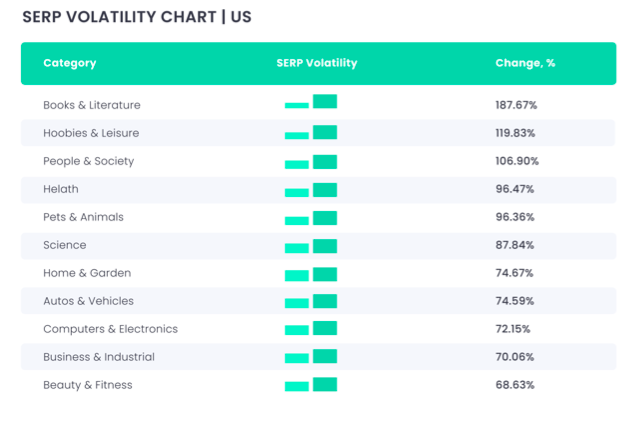
What should small and medium-size ecommerce businesses do?
Ecommerce businesses should try to reorganize their businesses in the shortest possible time, investing in in-demand offers. Otherwise, there’s no better way than pause ad campaigns for a while and cut costs. The second option is not so bad as it might seem at first glance. A temporary pause will help empower your offers to boost sales as soon as the situation stabilizes. That’s what travel, luxury, and going out businesses did. You can invest your time in your past ad data analysis, find new insights for future growth, test hypotheses, improve products, and improve organic traffic. The key factor of success, in this case, is a clear understanding of your audience’s interests and needs and the ability to create and deliver valuable content to them. How can you find out what your audience likes the most? Do A/B tests , define the best offers, messages, creatives, landers, and ads.
3. Don’t focus on the negative consequences. Focus on Positive Trends
Yes, many ecommerce business owners and affiliate marketers are demotivated by the unclear economic situation, increased market saturation, and the loss of a stability sense. Because of this, they do not see many positive factors, which indicate that ecommerce industry has all the chances for quick recovery. What are the factors we’re talking about right now?
- People spend much more time online. On the one hand, this contributes to the growth of organic traffic. On the other hand, this contributes to the formation of new consumption habits. Online shopping is preferred by a large number of people now;
- Nevertheless, the CR dropped, CPL campaigns now offer a lot of opportunities. You can create a stable loyal audience now in order to convert it into buyers in the future;
- The offers landscape became more diverse: more offline products became part of online reality. This, in turn, opens up more opportunities for the implementation of your creative ideas;
- With the decreased price, some products become easier to sell. Use promo codes, create special offers, and track their effectiveness.
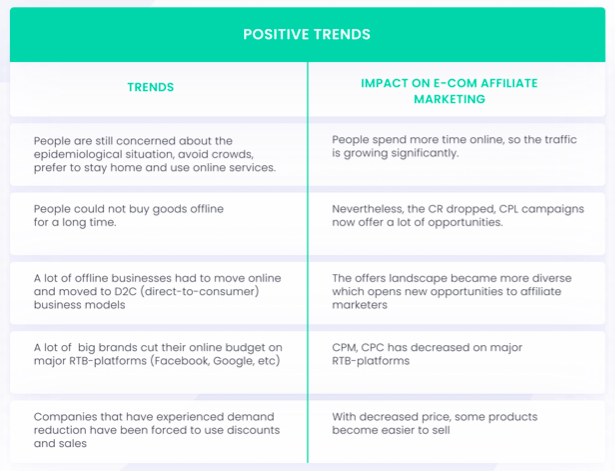
What should small and medium-size ecommerce businesses do now to take advantage of all these opportunities?
In this situation, the price of an error for business increased by times. The data-driven approach can save an e-commerce business from big losses and help it keep up in a long- and short-term perspective. In particular, this applies to the usage of accurate statistics in the implementation and optimization of marketing and advertising campaigns.
Reliable data analysis is crucial as it gives a detailed picture of all ecommerce media-buying activities: from the first touch-point of your customer to their post-conversion activities. It can help you improve your product and marketing metrics and abandon low ROI activities.
The process of getting accurate data can be significantly eased with a reliable ad tracker. It not only helps you with all ad tracking activities, but assist with optimization, reporting and automation of related business processes.
Learn more about the secrets of growing your ecommerce business today





